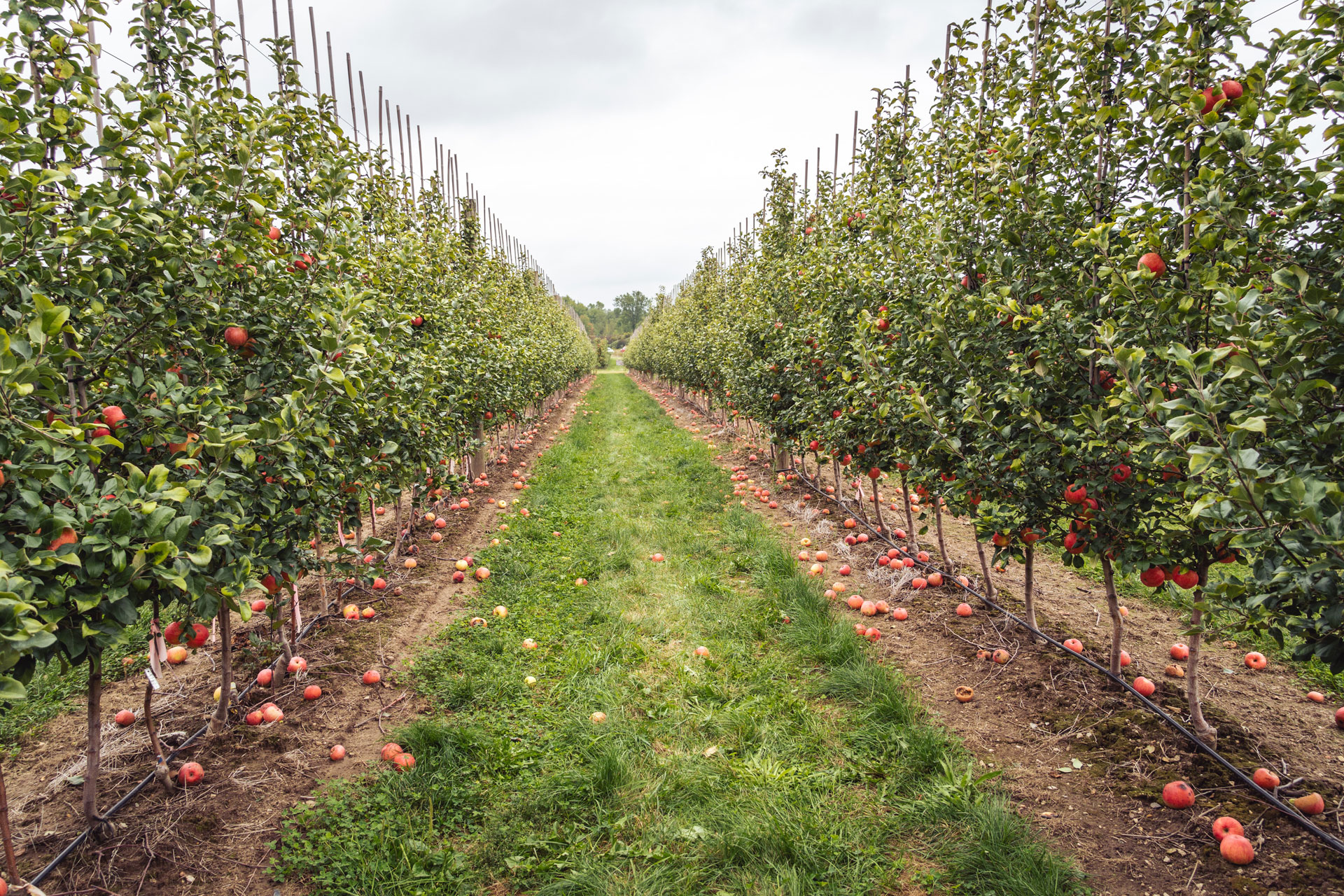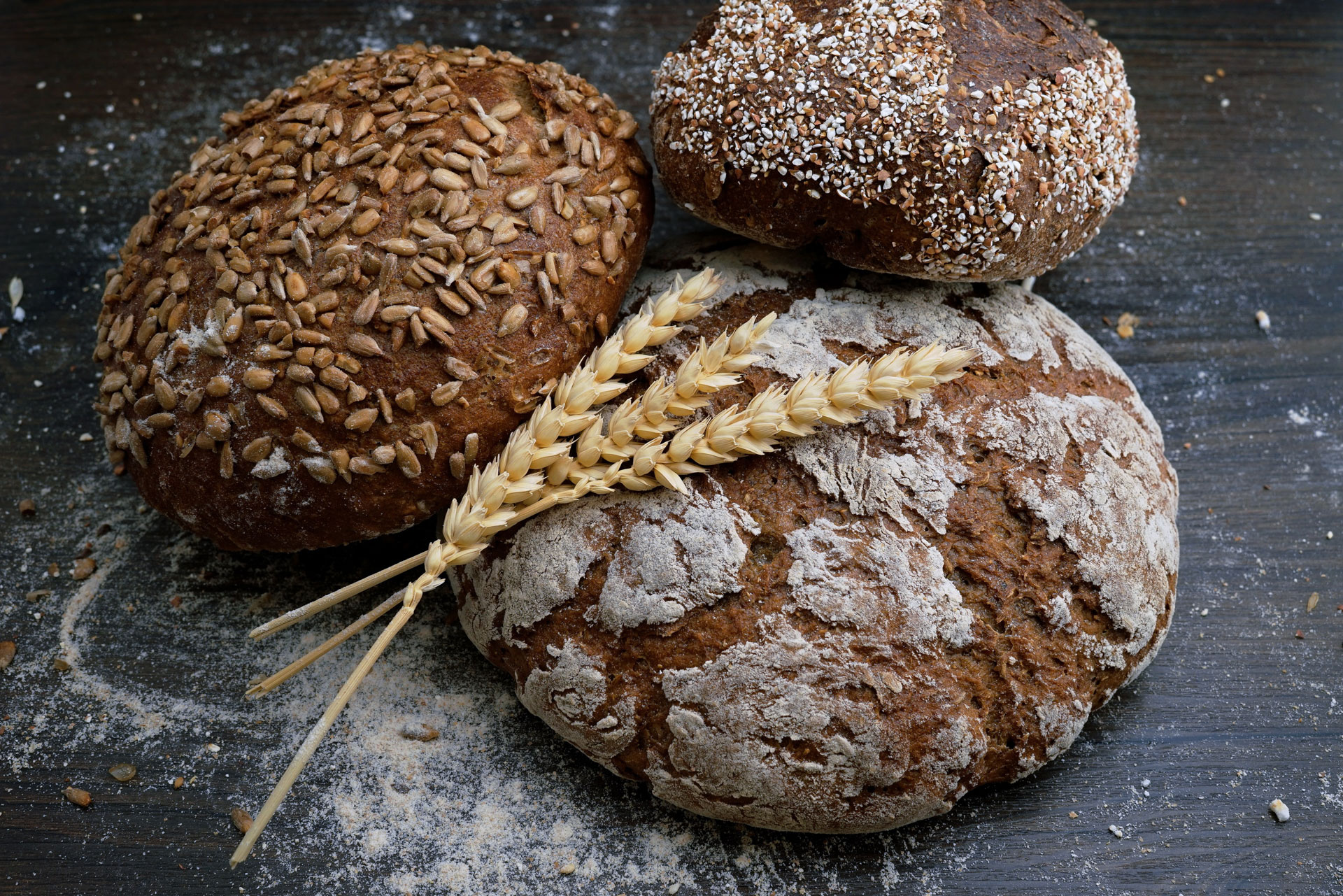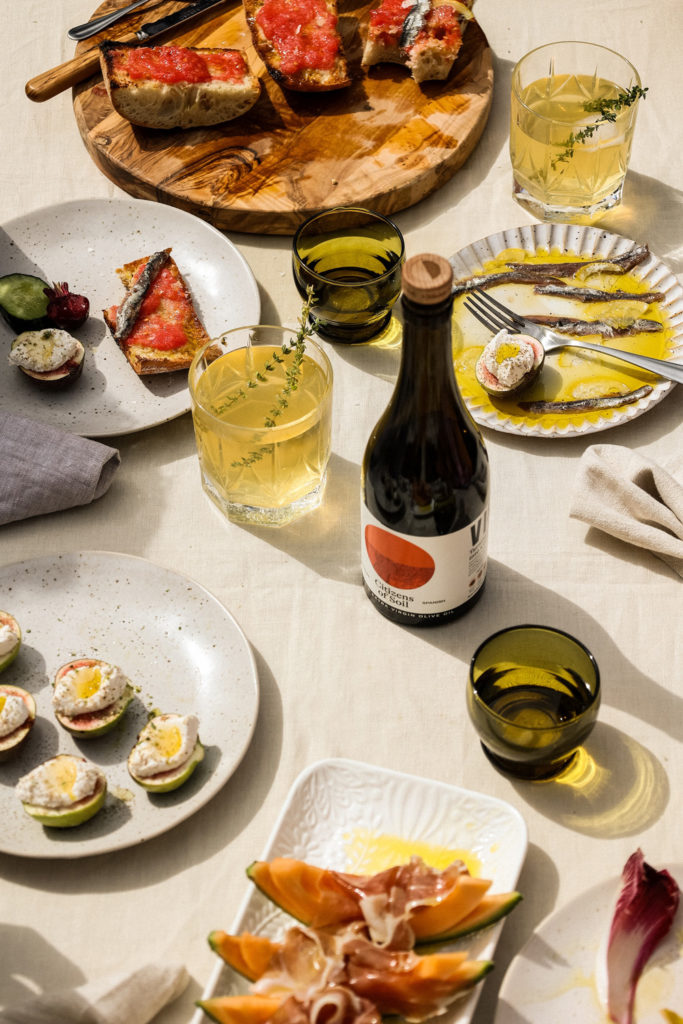A Guide To Cider by James Crowden
By
4 years ago
From the different varieties to food pairings, here's everything you need to know

Cider has undergone something of a revival in recent times. The apple-based brew dates back thousands of years in Britain, and was once a big part of the local economy in the south west. More recently, it’s started to attract a younger generation – helped by a new wave of small producers set on creating high-quality craft tipples. In his new book, Cider Country, author and poet James Crowden explores the history of the drink, tracing its roots from the ancient civilisations of the Mediterranean through to its modern-day renaissance. Here he shares some of his findings with C&TH.
How is cider made?
Amazingly, from cider apples. Usually found in the south west of England, these apples have high tannin content which means the drink has much more flavour and complexity than dessert apples and keeps far better. The apples are grown in orchards, gathered up in the autumn and then taken back to the farm. They are allowed to mature, then pulped and squashed in special presses. The apple juice is then allowed to ferment on its own in oak barrels and after three to four months can be drunk. Large industrial companies use other methods with less apples…say no more.
What are the different varieties?
- Farmhouse: This can be very good indeed and equivalent in quality to wine. In the south west of England this will be made with high tannin cider apples. In the east of the country it’s more likely to be made with dessert fruit. It can be draught or bottled, single variety or a blend.
- Scrumpy: A rough farmhouse version. In the past it was made with apples that had been scrumped (stolen). Can be excellent. Can be awful.
- Industrial scale: This is made with about 33 per cent apples – if you are lucky. The rest is made up with apple concentrate often from abroad and glucose syrup made from maize. Not much character and often very sweet and fizzy.
- Fruit flavoured: Not my cup of tea: cider is cider, there’s no real need to add fruit flavours, though some adore it.
- White: Horrible stuff, best not talked about.
- Qvevri: This is made in underground terra cotta jars lined with bees wax much the same way as they made Georgian wine 6,000 years ago. An acquired taste – earthy and a little acidic.
- Keeved: This is a bottled cider made using a slightly complex method which involves stopping the fermentation two thirds of the way through and thus naturally keeping the cider sweet with its own apple juice.

Common misconceptions?
Sadly some people do not really know how the drink is made or that it is made from cider apples. Also cider is only made in the autumn, unlike beer which can be made all year round, so you can only sell what you can harvest and what you can keep. Half the secret is knowing how to keep cider fresh in the summer when the temperature rises.
Can you tell us a bit about its history?
Cider has a very long history. For centuries it was the backbone of the local economy in the south west. It was often used to pay rents, debts and tithes. One interesting historical fact is the Cider Tax of 1763 was brought in by Lord Bute to help pay for the Seven Years war with France. Lord Bute was de facto prime minister at the time but he came from Scotland, and so did not understand the West Country and what the drink meant to them. Cider makers both large and small resented the tax and the invasive nature of the Excisemen. Riots broke out spontaneously. From top to bottom there were meetings and demonstrations. Effigies of Lord Bute were hung and then burnt in town squares. The army was called out but to no avail. Lord Bute resigned. The tax was lowered three years later.
Why has cider undergone a revival in recent years?
Good advertising to young people – in particular to young women – has made it acceptable to a whole new generation. It’s no longer just old men downing eight pints a night. Cider has moved from the barn to the dining table, alongside wine. And many of these young drinkers have now become young makers. They set up small businesses and then make the very best product they can.

What does cider pair best with food-wise?
The basics: good bread and good cheese. Tough old chunks of granary and strong mature artisan cheddar. Or for a taste of heaven – a fine perry with goat’s cheese and a comice pear. Dry, sparkling cider goes well with fish – and indeed any fish can be pared with cider. Sea bass goes well with farmhouse varieties. The complexities of pairing with cider is a world waiting to be explored.
Which parts of the UK produce the best cider?
Having been brought up in Devon (with Cornish and Irish ancestors) and lived and worked in Dorset and Somerset for over 40 years, I have developed a particular palate that favours high tannin ciders. Herefordshire also has a wonderful selection of ciders and perries. I have also tasted some very fine ciders in Worcestershire, Gloucestershire, the Forest of Dean and Monmouthshire. What is fascinating is that high quality cider is now being made in many unexpected places in the UK – even in Scotland. The best cider is the one that suits you best and is local.
Cider Country by James Crowden, out 19 August
READ MORE:



